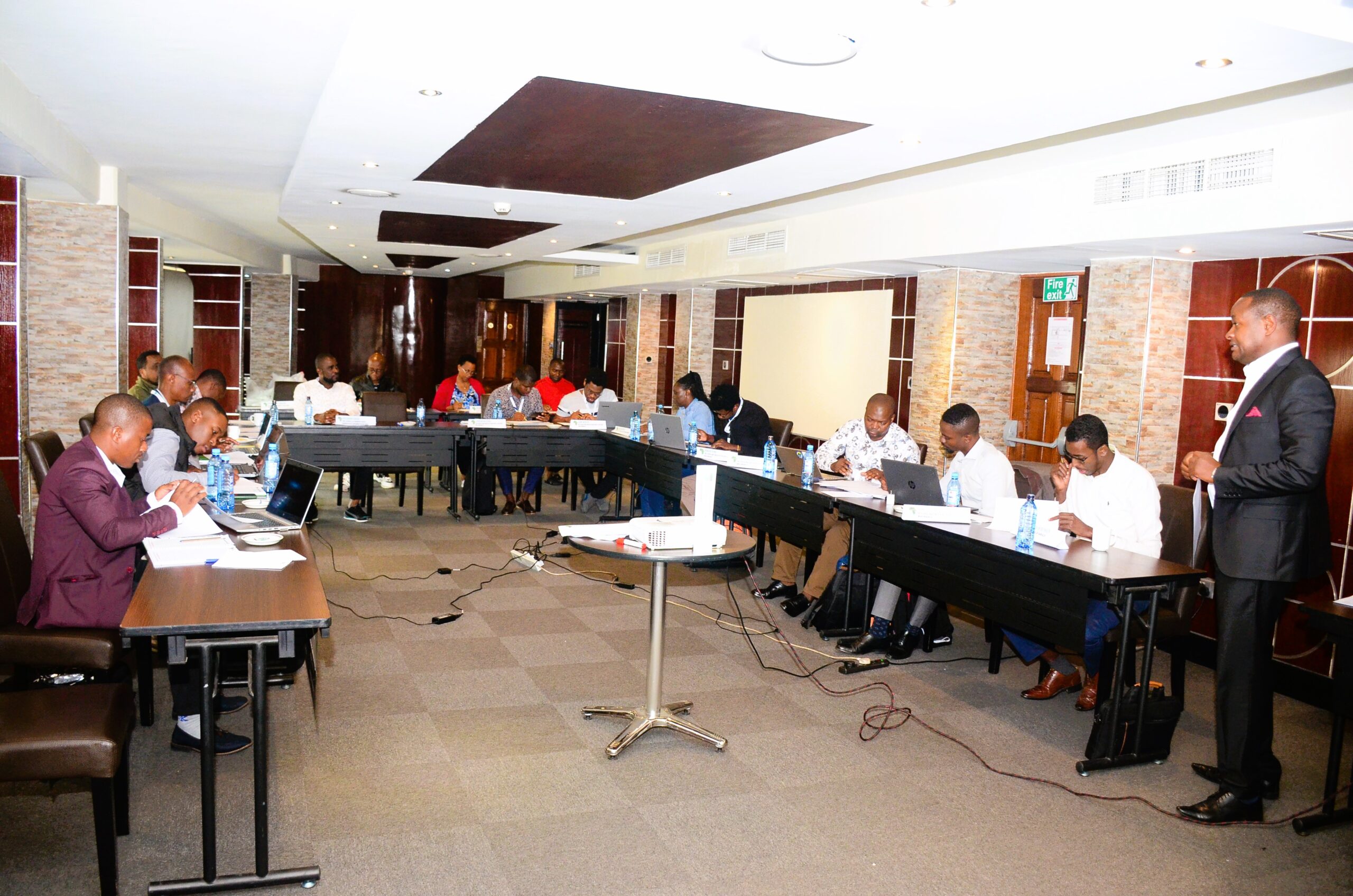Auditing of computerized Accounting Systems
At the end of the Training on Auditing of Computerized Accounting Systems, the participants will be able to
ü Understand the concept of computerized accounting systems
ü Understand the processes of computerized accounting
ü Be aware of the advantages and risks involved in information technology auditing
ü Appreciate the importance of computerization of auditing
ü Receive information on techniques and methods of IT auditing
ü Be aware of the specific features of the audit of computerized accounting
Main Training Modules
Audit, Assurance Services & Theory of Auditing
ü Evolution of Auditing
ü Major Influences on Auditing
ü Field of Auditing
ü Basic Concepts of Auditing
ü Evidence in Auditing.
ü The nature of assessing services
ü The chronology of an audit
ü The postulates of auditing, Agency theory, Imported theories.
Computer Fraud and Control
ü Definition of computer fraud
ü Fraud opportunities
ü Nature of computer fraud
ü Opportunities in advanced technology
ü Internet fraud
ü Stopping the hackers
ü What is predication and how does it work
Abilities of the IT Fraud Auditor
ü Goals and objectives of the IT fraud auditor
ü What makes a good IT auditor
ü Finding the right auditor
ü Progression of the fraud examination
ü The auditor’s toolkit
Computer in auditing:
ü Approach to Computer Auditing
ü Types of Computer Systems,
ü Characteristics of a CIS Environment
ü Internal Controls in a CIS Environment.
ü Auditing in a CIS environment
ü Risk assessments and internal control in a CIS environment.
ü Standalone microcomputers.
ü Online computer systems Data Base System
ü Limitations of accounting and control systems
ü Use of service organizations for computer facilities
ü Systems development, Computers in audit management
ü Computer Security issues in computerized systems.
ü Organization and content of information
ü Functional scope of accounting software’s
ü Standards of design and choice of accounting software
ü Governance and IT audit methodologies
ü Concepts and principles of the COBIT methodology
ü Audit of a file of accounting entries
ü Approach to computer security
Forming an auditing judgment:
ü Overall review of financial statements.
ü Opening balances, ISA 510 Comparatives.
ü Other information in documents containing audited financial statements.
ü Subsequent events. Contingencies,
ü Going Concern.
ü Management Responsibilities
ü Communication of audit matters with those charged with governance.
ü Completion of the audit.
Management letters
ü Management Letters.
ü The contract of management letters.
ü Procedures for assembling and submitting the management letter
ü Points to note when drafting management letter possible reporting items.
ü Management letters – examples of layout.
Audit Reporting
ü Statutory requirement.
ü The auditor’s report on financial statements
Way forward After the Training
Participants will develop a work plan through the help of facilitators that stipulates application of skills acquired in improving their organizations. ASPM will continuously monitor implementation progress after the training.
Training Evaluation:
Participants will undertake a simple assessment before the training to gauge the participant’s knowledge & skills and another assessment will be done after the training in-order to monitor knowledge gained through the training















